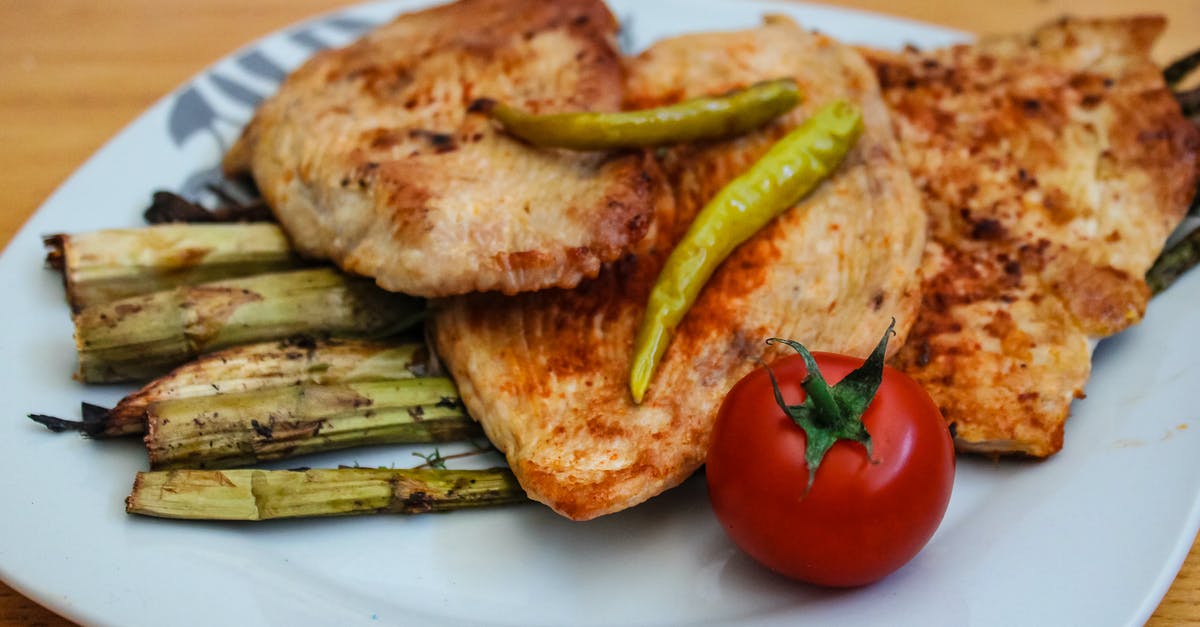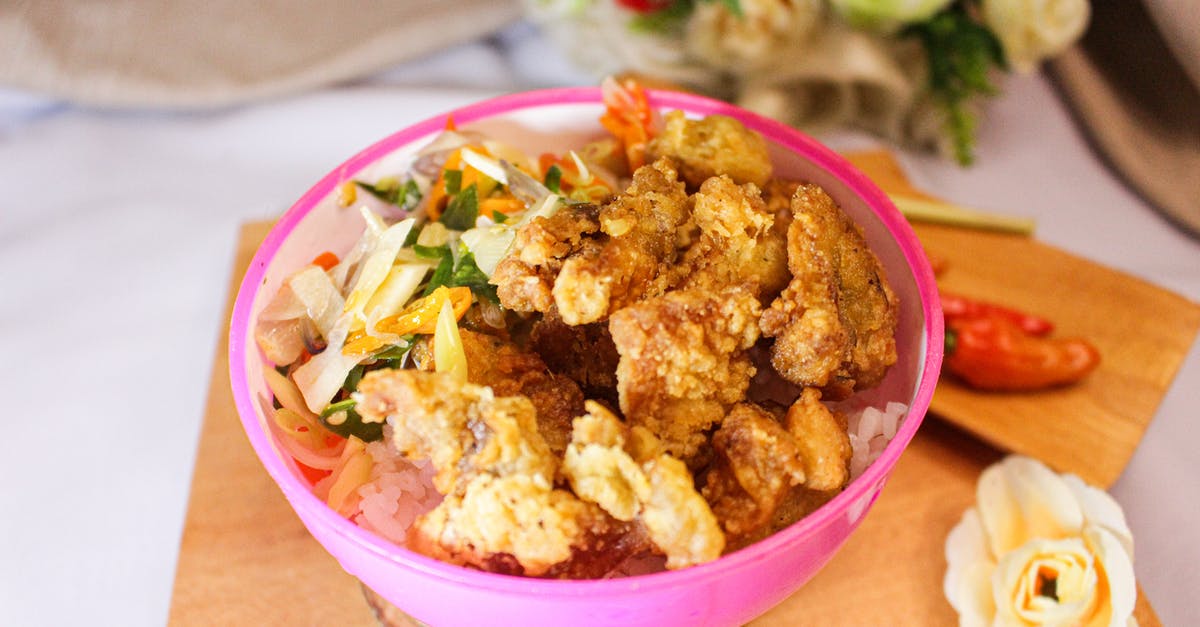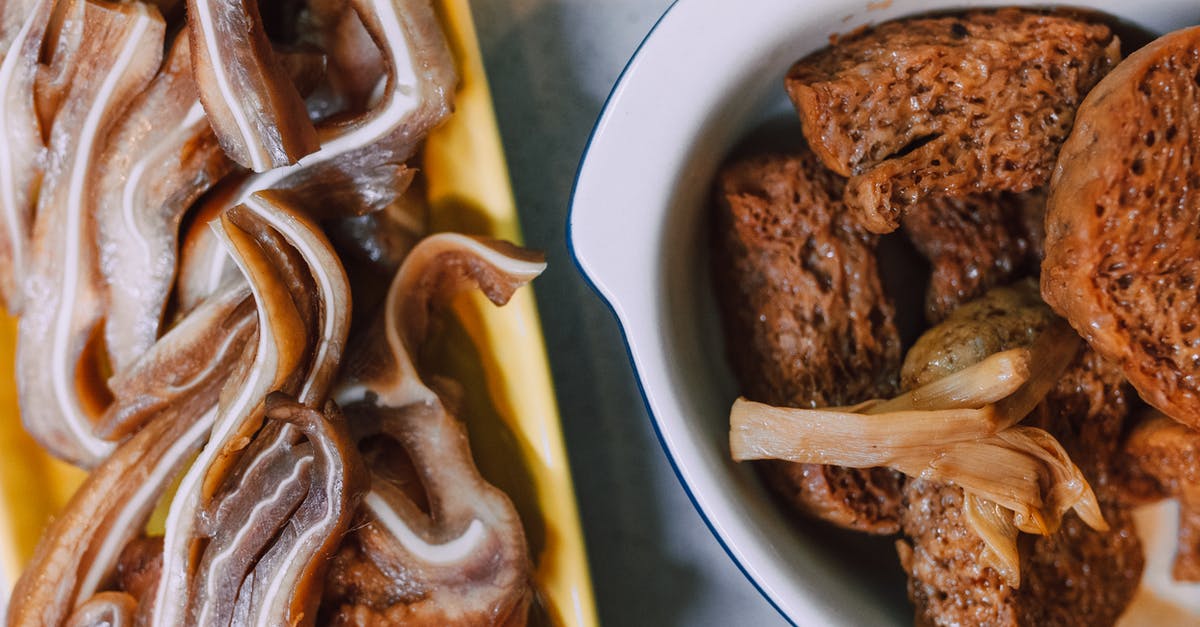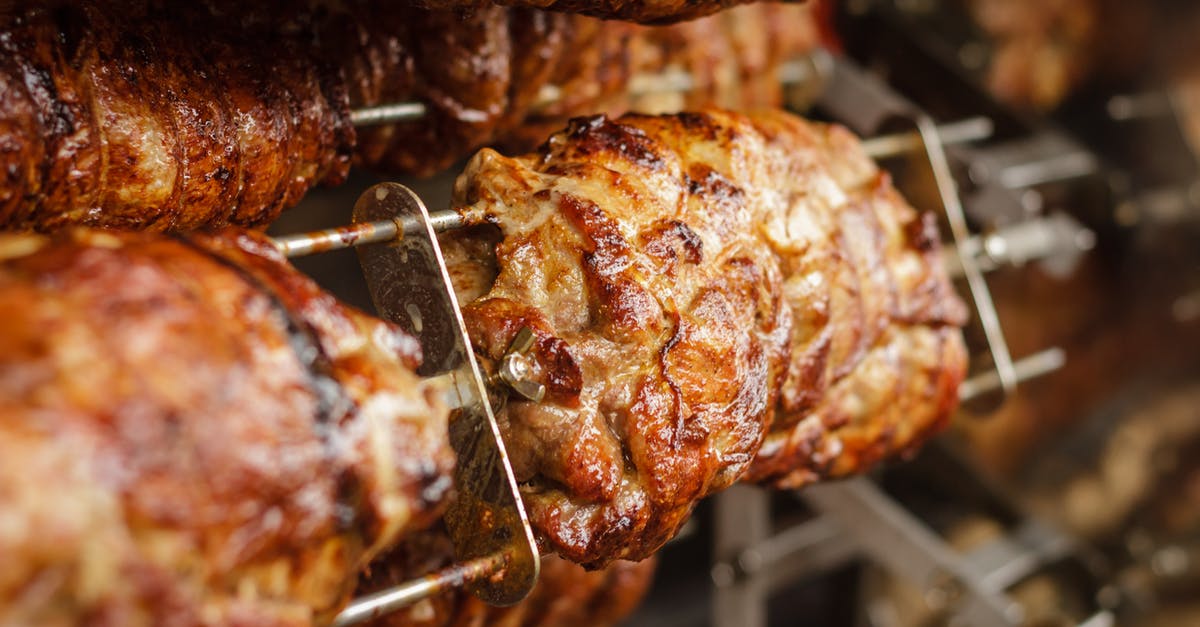UK Pork roast: why can't I make crisp crackling?

I have lived in Denmark for many years and made port roast many times with crisp crackling - never a problem. Then I moved to UK about 20 years ago, and now I just can't. I first tried buying in the supermarket, then I went to butchers, and I even ordered specific cuts, that are not usually sold in UK; every time the result was semi-dry meat and rubbery skin.
Recently, I tried a piece of pork from a Chinese supermarket: perfect crackling, just like that, and I have tried it several times. The question is, why? Is there something that is done to pork meat only in UK that could explain this?
Edit
To address the comment from Sneftel:
Cooking pork roast has always been very straight-forward - the method that always worked in Denmark (and now with the pork from the Chinese supermarket) is:
- take a roasting tray with a griddle, fill the bottom with water.
- put meat on top, skin side up.
- roast in a conventional oven at 150 - 200 degrees (Celsius) for about an hour, until the skin bubbles up everywhere and is nice and crisp.
When I tried this with British pork from a supermarket, the end result is something about as crisp as my old wellies.
Best Answer
Whilst I do not know about the practices in Denmark that would make the achievement of crispy crackling there, I can comment upon the Chinese and UK angle, and, offer some tips for you to get good crackling with pork in the UK.
There are a couple of characteristic differences with Chinese practice. Their pigs are not as genetically refined for low fat meat as the UK and European ones. The Chinese place great importance to a thicker layer of fat under the skin of their animals and this is a factor that helps make good crackling.
Secondly, they have a much larger proportion of meat sold "loose" rather than plastic wrapped in some remote factory and then distributed through a refrigerate distribution chain. This means that the skin of the pigs is rather drier too than a normal plastic wrapped piece would be. Skin moisture content is a critical factor in achieving good crackling. The Chinese promote belly and shoulder over leg joints as they (rightly) consider them better for flavour and cooking.
To get good crackling using typical UK supermarket plastic-wrapped pork -
Try Shoulder rather than leg - It's usually got more fat underneath the skin. A slab of belly pork is even better although pretty uncommon in UK supermarkets nowadays. Those with butchers onsite (E.g. Morrisons) will sometimes have whole bellies to cut you a piece that you like. If you have a Chinese supermarket in reach of you, they generally have very good butchery counters and you will generally be able to get much fattier (tastier) meat from them.
Look for a good layer of fat under the skin. Unwrap the meat the day before roasting, scald the skin with lots of boiling water by pouring it over it (not immersing the whole joint), dry it and then score the skin with a very sharp knife about 2/3 the way through the underlying fat. Rub generously with salt (You will wipe off a lot of this before cooking) and put uncovered in the bottom of your fridge skin side up.
The fridge will suck moisture from the skin. 12 to 24 hours is good. Wipe off salt, use a little neutral oil on the skin, season with white pepper and a little sprinkle of mustard powder, rub into the cuts. Crank up the oven to max and start the roast off at this for 20 mins (Open windows if you have it hot enough it'll be smeeching).
Turn down to circa 170/180 deg C for remainder. Use lard for the roasting fat if their isn't lots of fat rendering from the meat. Baste the meat often. Also, remove non-fat liquid from the roasting tin as you go. Using a clear heatproof glass container enables you to see the fat liquid split and to recycle the fat off the top back into the roasting pan.
When meat is resting do not tightly cover or you will steam the crackling making it soft. If the crackling isn't crisp enough when removed to rest, slice off the crackling in one piece and put it under the grill for 10 minutes on high - watch it though as you don't want to burn the edges too much.
Pictures about "UK Pork roast: why can't I make crisp crackling?"



Quick Answer about "UK Pork roast: why can't I make crisp crackling?"
Insufficient heat will make it hard for the skin to get really crisp. Make sure to take the pork out of the fridge 30 minutes before you cook it so that the meat reaches room temperature. A high starting temperature (240C/220C fan/gas 9 in this recipe) is essential for crisping up the pork.Why is my pork crackling not crispy?
not enough salt Pay particular attention to getting the oil and salt into the score marks. The salt reacting with the fat is what causes crackling to puff up and become crisp. Leave the oil and salt ten minutes before roasting.How do you get crunchy crackling on pork?
(24cm piece of pork rind, (500g) scored) rind-side up onto a rack over a shallow baking dish. Brush well with oil (2 tbsp olive oil). Sprinkle generously with salt (2-3 tsp sea salt or table salt). Roast for 40 to 50 minutes, or until small bubbles form on surface and rind is golden and crisp.How do you get the best pork crackling UK?
Get it hot!An initial hot blast is absolutely key to giving the crackling a headstart. 220\xb0C, 230\xb0C, maybe even more, at this stage of cooking the joint will be able to take it and not burn as the heat is transferred through the meat. Usually 30 minutes is a good time to aim for with this stage.Oven Roast Pork Recipe - How to Roast Pork - Easy Roast Pork - Pork Joint - Crispy pork
More answers regarding uK Pork roast: why can't I make crisp crackling?
Answer 2
Your question is a bit vague and Handy Andy has probably answered it already, but generally Denmark is known for intensively raised pork, and there is plenty of that in the UK. I would expect Chinese supermarket pork not to be an expensive slow-grown breed either.
The Chinese (I assume you mean in the UK, not China) supermarket pork is likely to be cheap (fast-growing, intensively reared) pork from the same animals as in a UK supermarket. But they will select cuts popular with Asian consumers, which tend to be fattier. In Asia fat is often prized higher than meat.
So it seems like you probably have chosen the wrong cut. I find your cooking instructions a bit vague, as 150C I would consider far too cool to get a pork crackling, whereas 200C is better.
In general pork is cooked either low and slow or hot and fast. If you want crackling then ultimately it's the hot that will give you that. I have a gas BBQ grill (Weber Q), which I use for pork chops, and I cook them as hot as possible to try and get some crisp. Inside you can use a cast iron pan on max but a grill is better. If you have a charcoal kettle grill then you can stick a piece of pork in a roasting tin on the grill and get good results.
I have bought cheap supermarket pork and I find the cheapest stuff tastes a little revolting. It's bred for consumers who want cheap protein. If you try Waitrose their pork is higher quality than say Tesco, and it's often fairly priced though I wouldn't recommend doing your full shop there as so much stuff is ludicrously overpriced.
I would suggest you buy a coarse salt for rubbing the pork, as it's less salty (because less of it sticks). Rub liberally before cooking, and score the fat.
Here's a pork belly joint
https://www.waitrose.com/ecom/products/essential-british-pork-belly-joint/622172-88255-88256
leg
https://www.waitrose.com/ecom/products/waitrose-crackling-pork-boneless-leg-roast/050735-25241-25242
whereas something like this is not something I would buy:
Sources: Stack Exchange - This article follows the attribution requirements of Stack Exchange and is licensed under CC BY-SA 3.0.
Images: Harry Dona, Tresia Hoban, RODNAE Productions, Pixabay
